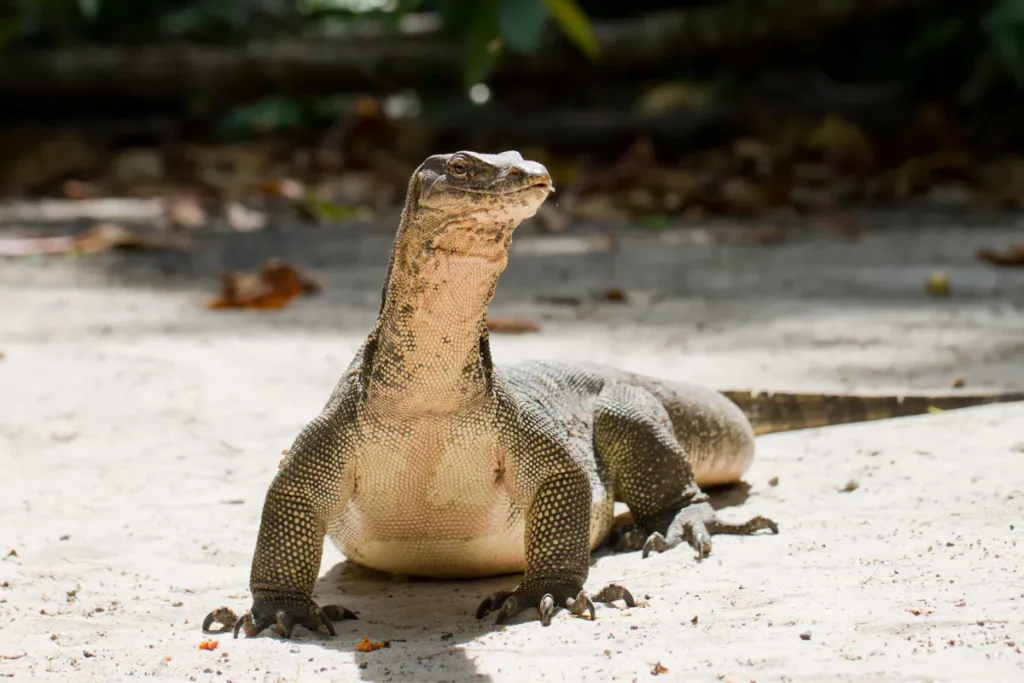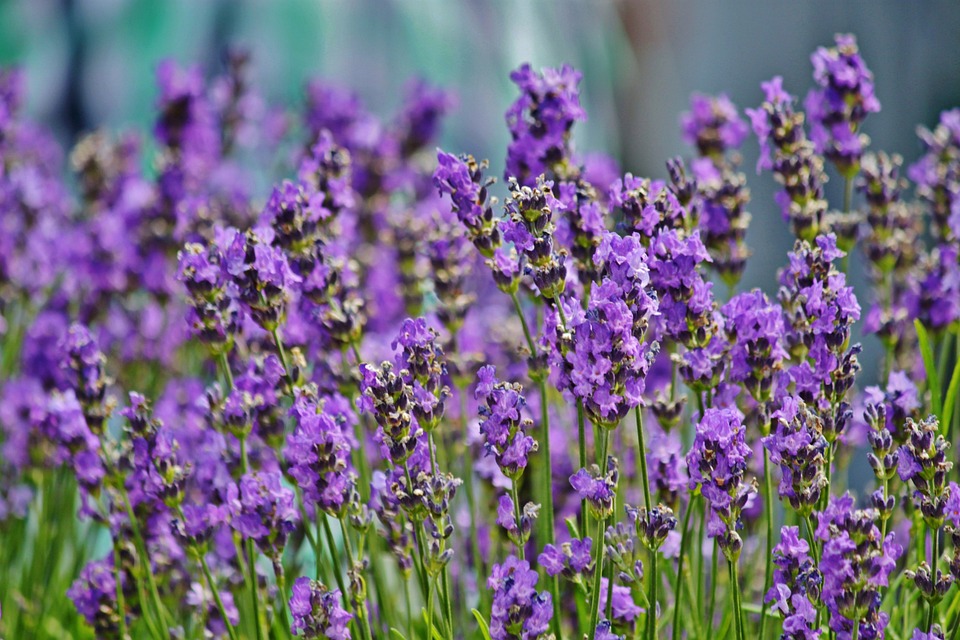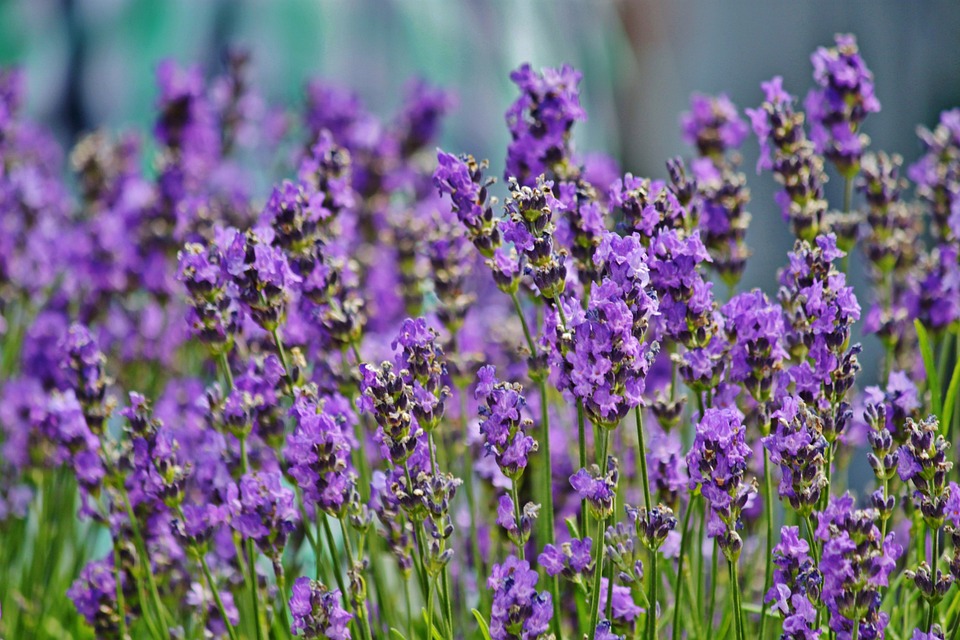Komodo dragons (Varanus komodoensis), the largest living lizards on the planet, have roamed the Indonesian archipelago for millions of years, evolving into apex predators perfectly adapted to their environment.
With their formidable size, stealthy hunting techniques, and venomous bite, they dominate their ecosystems on the islands of Komodo, Rinca, Flores, Gili Motang, and Gili Dasami.
Despite their resilience and adaptability, Komodo dragons face a growing conservation crisis.
Habitat loss, human encroachment, climate change, and other threats are pushing these ancient predators toward the brink of extinction.
This article explores the various facets of the conservation challenges confronting Komodo dragons and the urgent measures needed to ensure their survival.
I. Introduction: The Majestic Komodo Dragon

Komodo dragons have fascinated scientists, tourists, and local communities for generations.
Their fearsome reputation and impressive physical attributes make them a symbol of raw, untamed nature.
Growing up to 10 feet in length and weighing over 150 pounds, these reptiles are not just the largest lizards but also among the most efficient predators.
Their existence in the wild offers a glimpse into the world of prehistoric giants, yet today, these formidable creatures are in peril.
II. Habitat Loss: The Erosion of Komodo Dragon Territory

A. Human Encroachment and Land Development
The primary threat to Komodo dragons is habitat loss due to human activities.
Indonesia’s growing population and economic development have led to increased deforestation and land conversion for agriculture, settlements, and infrastructure.
This encroachment fragments the dragons’ habitat, reducing the available territory and isolating populations.
Deforestation: Logging and agricultural expansion are the main drivers of deforestation in Komodo dragon habitats.
The removal of trees and vegetation not only destroys the dragons’ living spaces but also disrupts the ecosystems that support their prey.
Urbanization: As villages and towns expand, they encroach upon Komodo dragon territories.
This proximity increases the likelihood of human-dragon conflicts, often resulting in the relocation or killing of dragons perceived as threats.
B. Tourism Impact
While tourism brings economic benefits to the region, it also poses significant challenges.
The influx of visitors can lead to habitat degradation if not managed sustainably.
Infrastructure Development: Building hotels, roads, and other tourist facilities can encroach on critical habitats.
Additionally, increased foot traffic in dragon territories can lead to soil erosion and vegetation damage.
Human-Wildlife Interaction: Tourists seeking close encounters with Komodo dragons can disrupt their natural behaviors and lead to stress and habitat avoidance.
III. Climate Change: A Looming Threat

A. Rising Temperatures and Habitat Suitability
Climate change poses a significant threat to Komodo dragons by altering their habitats and affecting the availability of prey.
Rising temperatures can make habitats less suitable, forcing dragons to move to higher elevations or other areas where conditions are more favorable.
Temperature Extremes: Higher temperatures can affect the reproductive success of Komodo dragons by disrupting the incubation of eggs.
Extreme heat can also lead to dehydration and heat stress in adult dragons.
Habitat Shifts: As temperatures rise, the vegetation and prey species that Komodo dragons rely on may shift to cooler areas, potentially leading to a mismatch between the dragons’ habitat and their food sources.
B. Sea Level Rise
Sea level rise, a consequence of climate change, threatens the low-lying islands that Komodo dragons inhabit.
Coastal erosion and saltwater intrusion can degrade habitats and reduce the availability of fresh water.
Island Submersion: Some of the smaller islands, such as Gili Motang and Gili Dasami, are particularly vulnerable to sea level rise.
The submersion of these islands could lead to the loss of entire populations.
Freshwater Scarcity: Saltwater intrusion into freshwater sources can make water scarce, affecting both dragons and their prey.
IV. Human-Dragon Conflict: Managing Coexistence
A. Livestock Predation
Komodo dragons sometimes prey on livestock, leading to conflicts with local communities.
When livestock are killed, villagers may retaliate by killing dragons or seeking to have them relocated.
Economic Impact: For many local communities, livestock are a crucial source of income and food. Losses due to dragon predation can have significant economic consequences.
Retaliatory Killings: In response to livestock predation, villagers may kill dragons, further reducing their populations.
B. Poaching and Illegal Trade
Komodo dragons are sometimes targeted by poachers for their skin and body parts, which are valued in traditional medicine and the exotic pet trade.
Poaching: Although illegal, poaching persists due to high demand and the lucrative nature of the trade.
Komodo dragons are particularly vulnerable due to their limited range and slow reproductive rates.
Law Enforcement Challenges: Effective enforcement of anti-poaching laws is challenging due to the remote and rugged terrain of Komodo dragon habitats.
V. Conservation Efforts: Strategies for Survival
A. Protected Areas and National Parks
One of the most effective conservation strategies for Komodo dragons has been the establishment of protected areas, such as Komodo National Park.
Komodo National Park: Established in 1980, the park provides a refuge for Komodo dragons and protects their habitat from development and poaching.
The park’s management includes monitoring dragon populations, habitat restoration, and anti-poaching patrols.
Expansion of Protected Areas: Expanding the network of protected areas to include critical habitats outside the park is essential for ensuring the long-term survival of Komodo dragons.
B. Community Engagement and Education
Engaging local communities in conservation efforts is crucial for reducing human-dragon conflicts and promoting coexistence.
Community-Based Conservation: Involving local communities in conservation initiatives helps build support for dragon protection.
Programs that provide alternative livelihoods and compensation for livestock losses can reduce retaliatory killings.
Education and Awareness: Raising awareness about the importance of Komodo dragons and their ecological role can foster a sense of stewardship among local residents and visitors.
C. Sustainable Tourism Practices
Implementing sustainable tourism practices can mitigate the negative impacts of tourism on Komodo dragon habitats.
Eco-Friendly Infrastructure: Developing tourism infrastructure that minimizes environmental impact and incorporates sustainable practices, such as waste management and energy efficiency, is crucial.
Regulated Tourism Activities: Managing visitor access to sensitive areas and enforcing guidelines for wildlife interactions can help protect Komodo dragons and their habitats.
D. Climate Change Mitigation and Adaptation
Addressing the impacts of climate change requires both mitigation and adaptation strategies.
Mitigation Efforts: Reducing greenhouse gas emissions at local, national, and global levels is essential for slowing climate change and its impacts on Komodo dragon habitats.
Adaptation Strategies: Developing strategies to help Komodo dragons adapt to changing conditions, such as habitat restoration and the creation of artificial water sources, can improve their resilience.
VI. Scientific Research: Unlocking the Secrets of Komodo Dragons
A. Behavioral and Ecological Studies
Understanding the behavior and ecology of Komodo dragons is essential for effective conservation.
Movement and Range Studies: Researching the movement patterns and home ranges of Komodo dragons can inform habitat protection and management strategies.
Diet and Prey Dynamics: Studying the diet and prey preferences of Komodo dragons helps identify key species and ecological interactions critical for their survival.
B. Genetic Research
Genetic research provides insights into the diversity and health of Komodo dragon populations.
Genetic Diversity: Assessing genetic diversity within and between populations can identify potential inbreeding issues and inform breeding programs.
Population Connectivity: Understanding the genetic connectivity between populations can guide conservation efforts to maintain genetic flow and resilience.
VII. International Collaboration: A Global Effort
Conserving Komodo dragons requires collaboration at multiple levels, from local communities to international organizations.
A. Government and NGO Partnerships
Partnerships between governments and non-governmental organizations (NGOs) are essential for implementing effective conservation strategies.
Government Support: National and local governments play a crucial role in enforcing conservation laws, funding protected areas, and supporting community-based initiatives.
NGO Involvement: NGOs contribute expertise, funding, and advocacy for Komodo dragon conservation.
Collaborative projects can leverage the strengths of both sectors to achieve conservation goals.
B. Global Awareness and Advocacy
Raising global awareness about the plight of Komodo dragons can generate support for conservation efforts.
Media and Outreach Campaigns: Documentaries, social media campaigns, and educational programs can highlight the importance of Komodo dragon conservation and inspire action.
International Cooperation: Collaborating with international conservation organizations and participating in global initiatives, such as the Convention on International Trade in Endangered Species (CITES), can strengthen efforts to protect Komodo dragons.
VIII. The Future of Komodo Dragons: Hope Amidst Challenges
Despite the significant threats they face, there is hope for the future of Komodo dragons.
Through concerted conservation efforts, scientific research, and community engagement, it is possible to secure the survival of these ancient predators.
The resilience of Komodo dragons and their ability to adapt to changing conditions provide a foundation for recovery.
IX. Conclusion: A Call to Action
The conservation crisis facing Komodo dragons is a stark reminder of the challenges that many species face in the modern world.
Protecting these iconic reptiles requires a multifaceted approach that addresses habitat loss, climate change, human-wildlife conflict, and poaching.
By working together, we can ensure that Komodo dragons continue to thrive in their natural habitats, preserving not only a species but also the ecological balance of their ecosystems.
In essence, the plight of Komodo dragons highlights the broader issues of biodiversity loss and environmental degradation.
Their survival is intertwined with the health of the ecosystems they inhabit and the well-being of the communities that share their environment.
As we strive to protect Komodo dragons, we also safeguard the rich natural heritage of Indonesia and contribute to the global effort to preserve our planet’s biodiversity for future generations.






